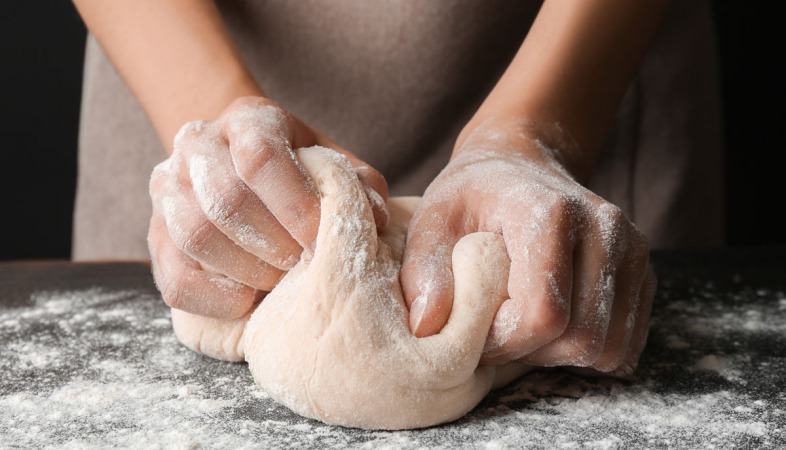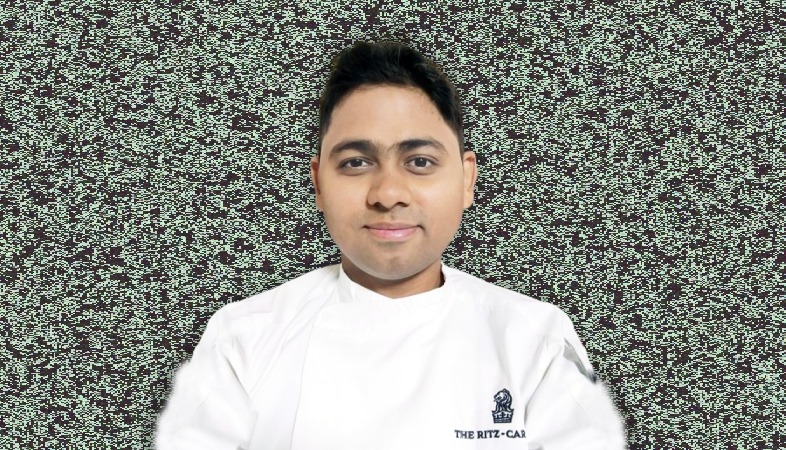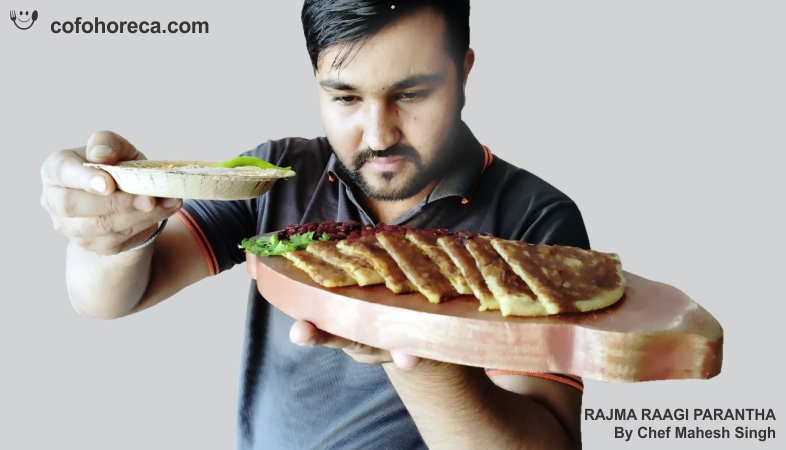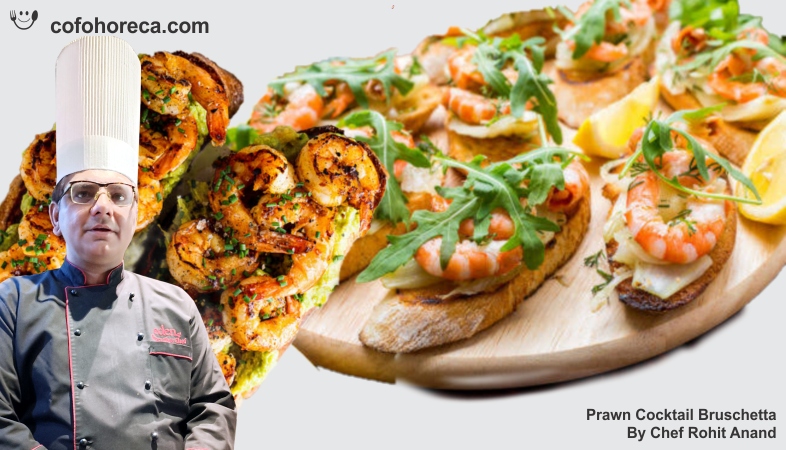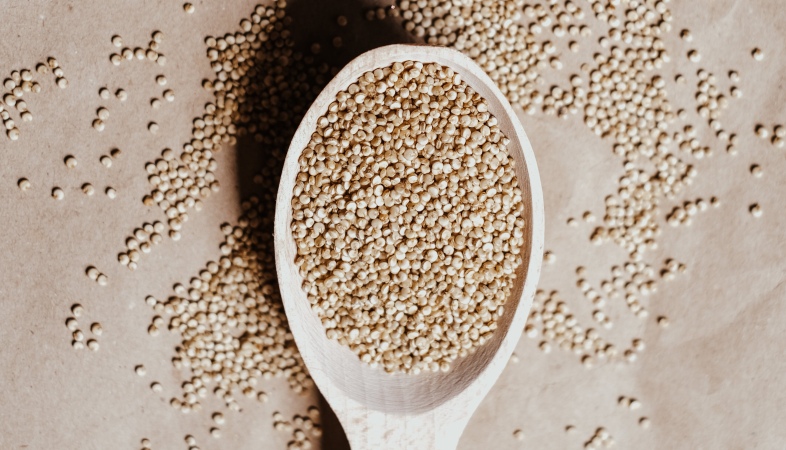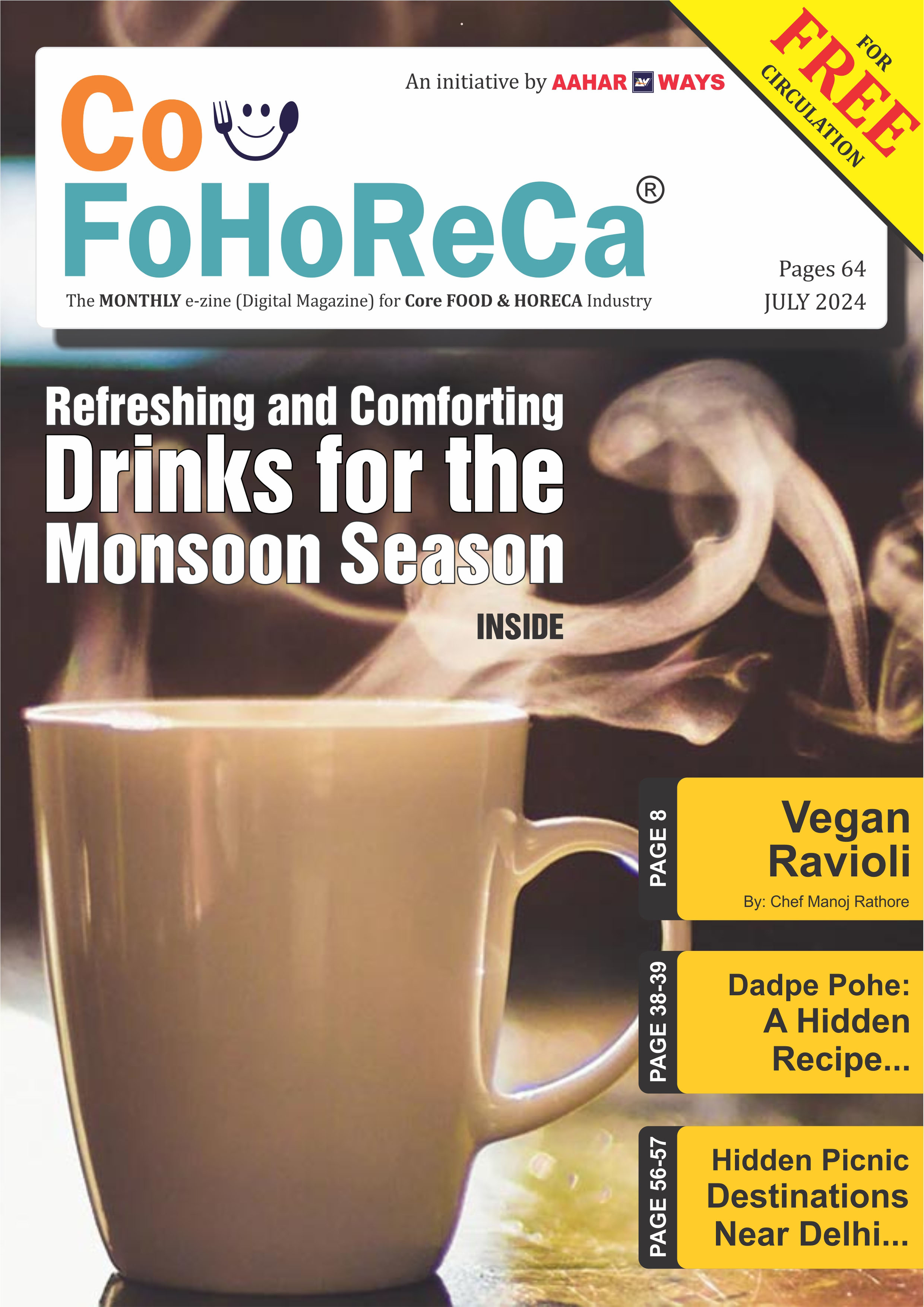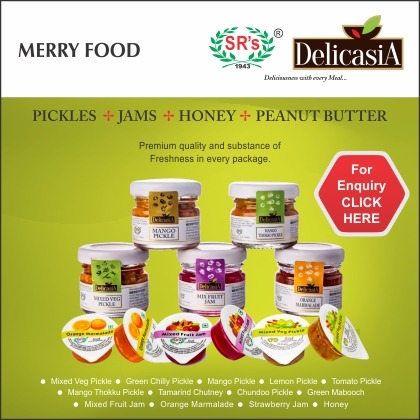Mastering the Art: Exploring Chef Techniques That Elevate Culinary Creations
At the heart of every chef's repertoire are their knife skills, honed through years of practice and precision.

In the realm of gastronomy, chefs are revered for their
mastery of culinary techniques that transform ordinary ingredients into
extraordinary dishes. From precision knife skills to intricate cooking methods,
these techniques are the cornerstone of culinary excellence, allowing chefs to
unleash their creativity and showcase their craftsmanship. In this article, we
delve into the world of chef techniques, exploring the skills and methods that
set them apart and elevate their culinary creations to new heights.
Knife Skills: At the heart of every chef's repertoire are their knife skills, honed through years of practice and precision. From the delicate julienne of vegetables to the precise chiffonade of herbs, mastering the art of knife work allows chefs to transform raw ingredients into uniform, aesthetically pleasing cuts that enhance both the presentation and flavor of their dishes.
Sous Vide: A technique that has revolutionized modern cooking, sous vide involves vacuum-sealing ingredients in a bag and cooking them in a water bath at precisely controlled temperatures. This method ensures even cooking and locks in moisture and flavor, resulting in tender, succulent meats, and perfectly cooked vegetables.
Searing and Caramelization: The Maillard reaction, which occurs when proteins and sugars are exposed to high heat, is the secret behind the rich, complex flavors of seared meats and caramelized vegetables. Chefs master the art of searing to create a golden crust on meats, locking in juices and adding depth of flavor. Similarly, caramelization brings out the natural sweetness of vegetables, imparting a rich, savory flavor profile to dishes.
Emulsification: Emulsification is the process of combining two immiscible liquids, such as oil and vinegar, to create a stable mixture, such as vinaigrette or mayonnaise. Chefs use various techniques, such as whisking or blending, to create creamy, smooth emulsions that add richness and depth to sauces, dressings, and other culinary creations.
Deglazing: After searing meats or sautéing vegetables, chefs use deglazing to capture the flavorful browned bits left in the pan. By adding liquid, such as wine, broth, or vinegar, and scraping the bottom of the pan, chefs create a rich, flavorful sauce that enhances the taste and texture of the dish.
Molecular Gastronomy: A modern culinary movement that combines science and cooking, molecular gastronomy involves using innovative techniques and ingredients to create avant-garde dishes. From foams and gels to spherification and liquid nitrogen, chefs push the boundaries of traditional cooking to create visually stunning and intellectually stimulating culinary experiences.
Chef techniques are the building blocks of culinary creativity and innovation, allowing chefs to transform simple ingredients into extraordinary dishes. From knife skills and cooking methods to emulsification and molecular gastronomy, each technique adds depth, flavor, and visual appeal to culinary creations, elevating them to new heights of gastronomic excellence. Aspiring chefs can learn from these techniques, honing their skills and developing their own unique culinary style to delight diners and leave a lasting impression in the world of gastronomy.
.png)








